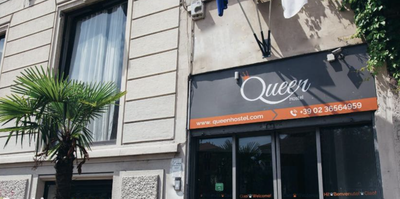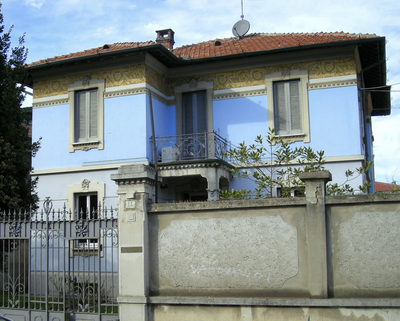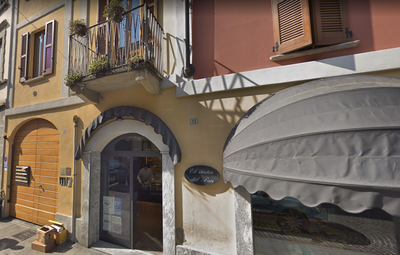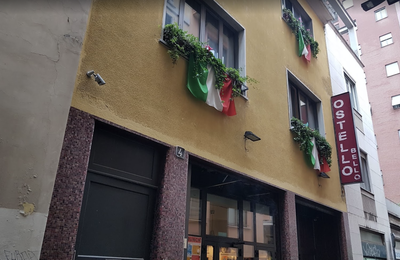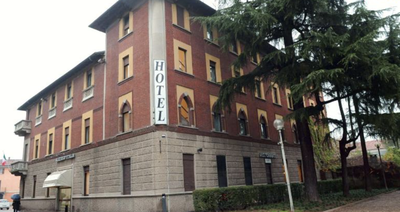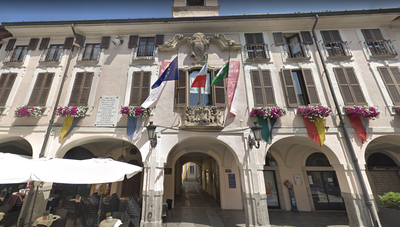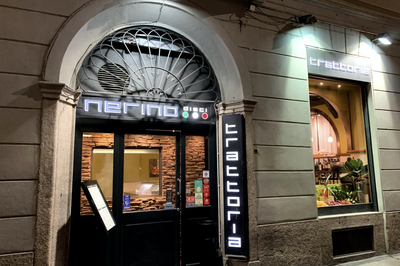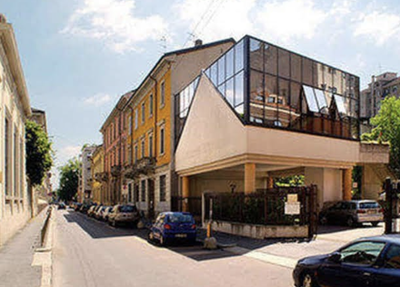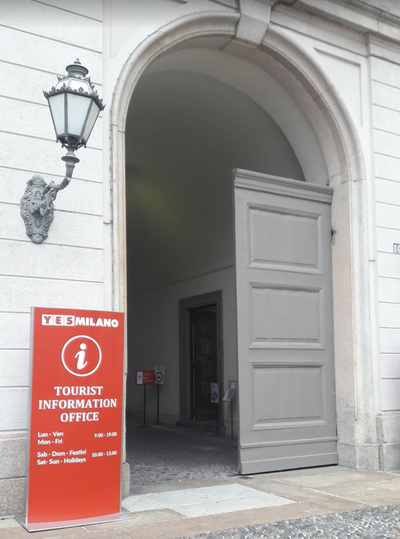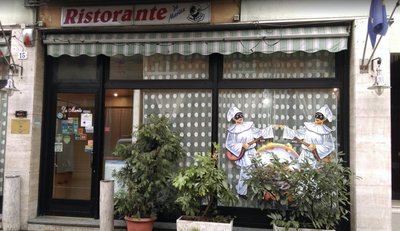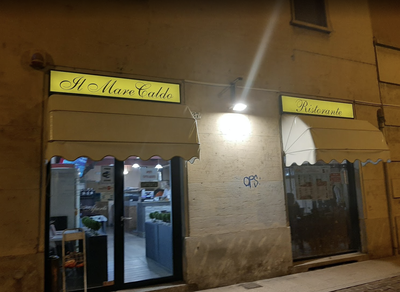
11. Milano to Abbiategrasso
10 points of interest

Milano St ColumbanBasilica Sant'Eustorgio
Probably founded in the 4th century, it is dedicated to Archbishop Eustorge I of Milan who is said to have initiated the translation, in 344, of the relics of the Magi from Constantinople. Another witness to the site's antiquity: in 1764, during the demolition of an old pillar, a Christian tomb was discovered, with pieces bearing the effigy of Emperor Constantine I, son of Constantine.
The church was later rebuilt in the Romanesque style. In the 12th century, during the sack of Milan by Frederic Barbarossa, the relics of the Magi were taken to Cologne. It was not until the 1900s that some relics were returned, now resting in the altar of the Magi, near their sarcophagi. The bell tower is also surmounted by a star instead of the traditional cross.
Milano HistoricalMilan Cathedral
One of the largest cathedrals, an emblematic masterpiece that took more than 600 years to build.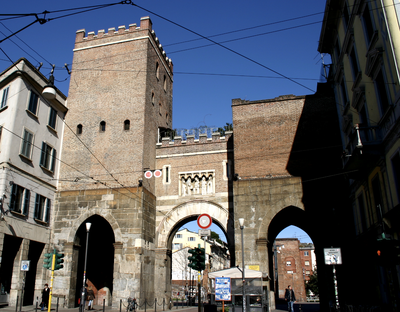
Milano HistoricalMedieval Porta Tinese
The Porta Ticinese is, together with the Porta Nuova, one of the two remaining gates of the medieval city walls. It is located on the Cerchia dei Navigli, which follows the route of the medieval ramparts of the city.
Built in the 12th century, the Porta Ticinese was extensively restored in 1891 by the architect Camillo Boito, who added two arches on either side of the original arch.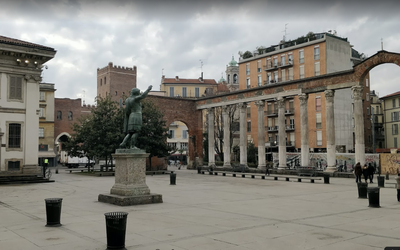
Milano HistoricalColumns of San Lorenzo
Roman columns.
Milano CulturalBasilica San Lorenzo Maggiore
In the 4th century, San Lorenzo was located outside the ramparts, not far from the amphitheatre, the imperial palace and the circus, along Via Ticinensis, which linked Pavia to Milan and was the most important access route to the city. For those who arrived in Milan, the Basilica, with its dimensions, was presented as "the most imposing building with central symmetry in the Christian West".
Milano TouristLavandai Alley
A crevice in the Naviglio Grande preserves intact a washhouse from the 1900s, a place unknown to the Milanese that was used by laundress to wash clothes until the early 1950s.
Milano CulturalChurch of San Cristoforo sul Naviglio
The complex consists of two churches, the oldest of which is the one on the left. However, the absence of a historical document does not allow us to date its origins. The facade was added in the 14th century with a portal and a rose window.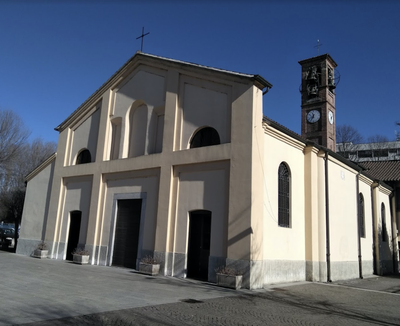
Trezzano sul Naviglio CulturalChurch of San Ambrogio
The church of Sant'Ambrogio probably dates back to the period between 1130 and 1170. The frescoes in the church bear witness to the link with the territory: the inhabitants kneeling under the mantle of the Virgin (fresco under the Luini altar in the 15th century), the miraculous appearance of Saint Ambrose (fresco in the apse in the middle of the 16th century). The church is rich in precious examples of the Lombard Renaissance style.
Gaggiano CulturalChurch of San Invenzio
Built in 1618, the present church certainly has more distant origins because it is mentioned in documents from the 12th century. It was extended later in 1758. Inside there are 19th century frescoes, but above the altar of the Virgin Mary, to the left of the entrance, there is a precious 15th century fresco depicting the Virgin of the Graces to the Child, which has been the destination of important pilgrimages because it was considered miraculous.
Castello Visconti - Amis St Colomban HistoricalVisconti Castle
The thirteenth-century Visconti Castle of Abbiategrasso was built in 1381 by Gian Galeazzo Visconti and embellished after 1438 by Filippo Maria Visconti. It was strategically built in line with the Naviglio Grande and the Milan-Vigevano road.
Description
From the cathedral, reach the corner of the square to the left of the statue of Vittorio Emanuele II:
- Cross via Grefici to join via Torino which extends the diagonal of the square. Go down this shopping street with department stores to its end after a large curve on the right and then on the left. Via Torino ends at a bank (Unicredit): take the left street that turns south (corso de Porta Ticinese). Admire the Roman columns of San Lorenzo and cross the Tinese Medieval gate with its tower. Continue along the same street now lined with small shops until its end marked by a reproduction of a Greek temple.
- Pass on the right of the monument, cross the end of the canal (Darsena del Naviglio) and turn right on the viale Gorizia which crosses a first canal coming from the South then another one facing West. Cross the latter and follow its left bank (Alzaia Naviglio Grande). The narrow road along the canal passes under a first ring road (via Cassala) and then under railway tracks.
- Continue to follow this very straight bank of the canal and pass under a major artery (Cavalcavia Lorenzo Milani). The canal gradually turns southwest, passes again under a busy road (via Pietro Giordani) and crosses the residential city of Corsico before ending in the countryside to the A50 motorway.
- After passing under the motorway, the small road becomes a bicycle / pedestrian track and returns to the countryside at the exit of the last big city Trezzano sul Naviglio.
- At the entrance to the next village (Gaggiano), cross the canal by the footbridge and now walk on the other side. Pass the villages of Vermezzo and Castelletto where the canal bends to the left at a junction with another canal.
- At the next bend on the edge of Abbiategrasso, cross the canal, turn left immediately after the bridge to pass under the two lanes of the SP494 and join via Amerigo Vespucci in the axis. At the end, turn right on via Tommaso Grossi which leads to the viale Giuseppe Mazzini. Turn left in this street, cross the railway and continue in the axis after the roundabout by the Corso Giacomo Matteotti. At the end, turn left into Via Santa Maria.
- Departure : Cathedral of Milano, piazza del Duomo, 20122 Milano
- Arrival : Church of Santa Maria Vecchia, via Santa Maria, 20081 Abbiategrasso
- Towns crossed : Lombardia
Altimetric profile
Report a problem or an error
If you have found an error on this page or if you have noticed any problems during your hike, please report them to us here:
Close by11
- Information

